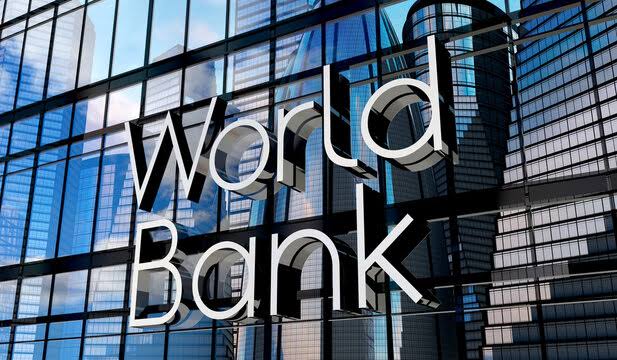The World Bank has updated the poverty lines for countries like Pakistan in its June 2025 Global Poverty Update. These changes were made to reflect rising global prices and new data on how much goods cost in different countries, known as purchasing power parity (PPP).
For lower-middle-income countries such as Pakistan, the new poverty line is now $4.20 per person per day. Based on this, about 44.7% of Pakistan’s population is considered poor.
The extreme poverty line has also changed, rising from $2.15 to $3.00 a day. Under this new line, 16.5% of people in Pakistan are now classified as extremely poor, a big increase from the earlier 4.9%.
There is also a poverty line for upper-middle-income countries, which is set at $8.30 per person per day. According to this measure, a large majority—88.4%—of Pakistan’s population is living under this threshold.
These poverty rates are calculated using updated data from 2021, gathered through the International Comparison Program. This allows experts to compare poverty levels between countries in a fair and consistent way.
The World Bank made it clear that this change doesn’t mean living conditions have suddenly worsened in Pakistan. Instead, it’s a result of improved global data and revised measurement standards.
The national poverty line used for making policies in Pakistan remains the same, based on the Household Integrated Economic Survey (HIES) from 2018–19.
These updates aim to provide a clearer picture of economic challenges and help improve global comparisons of poverty.


